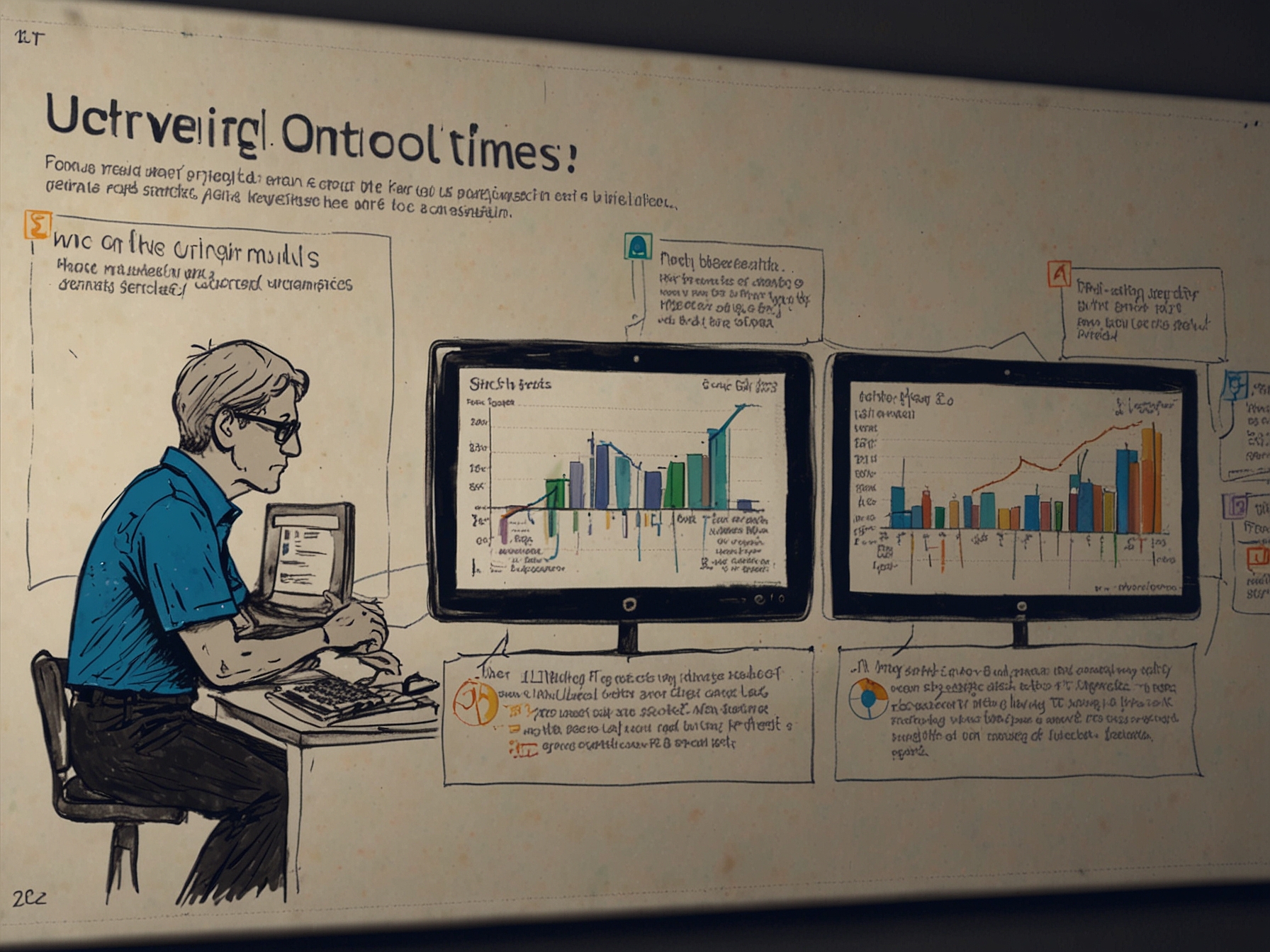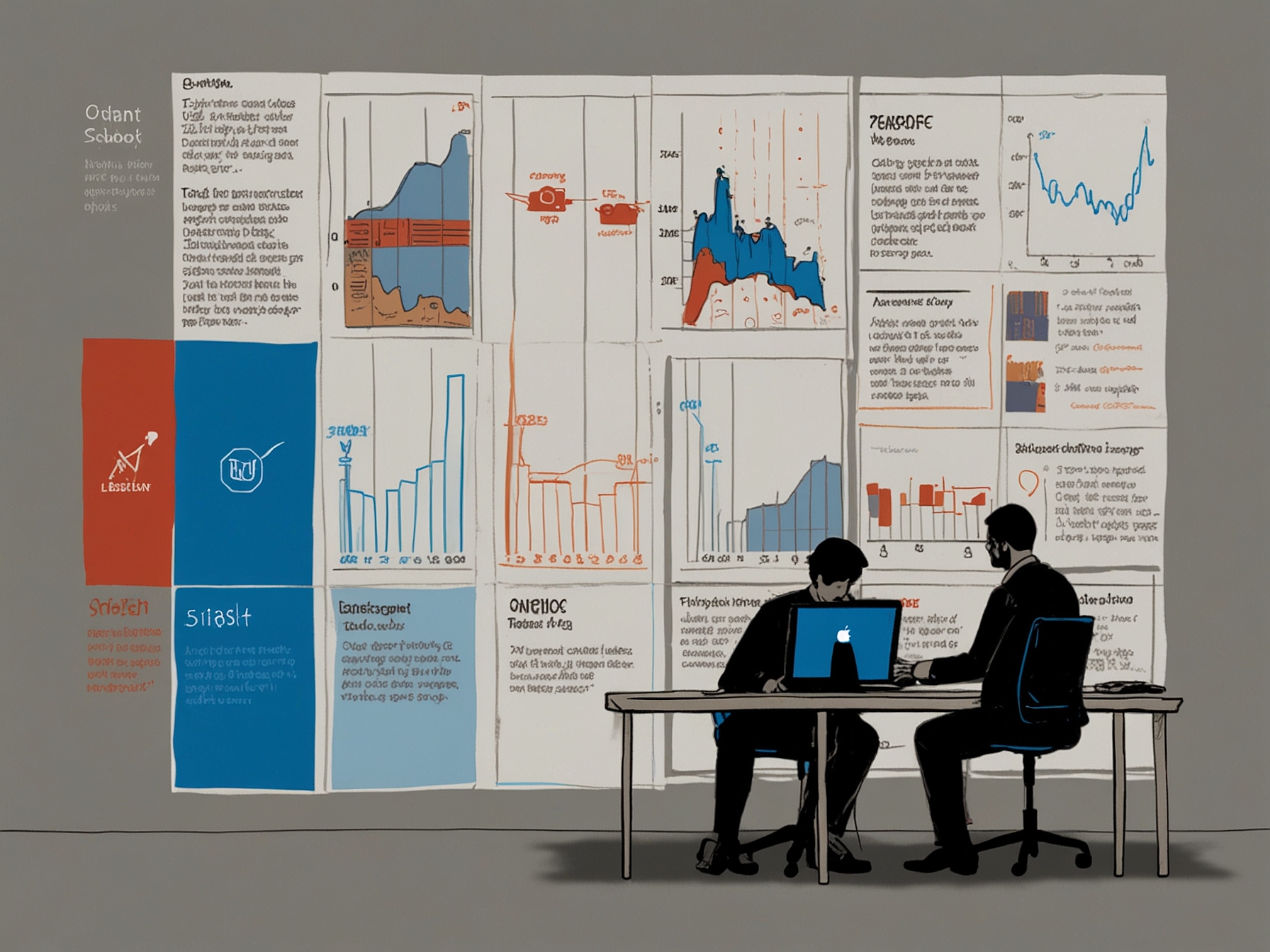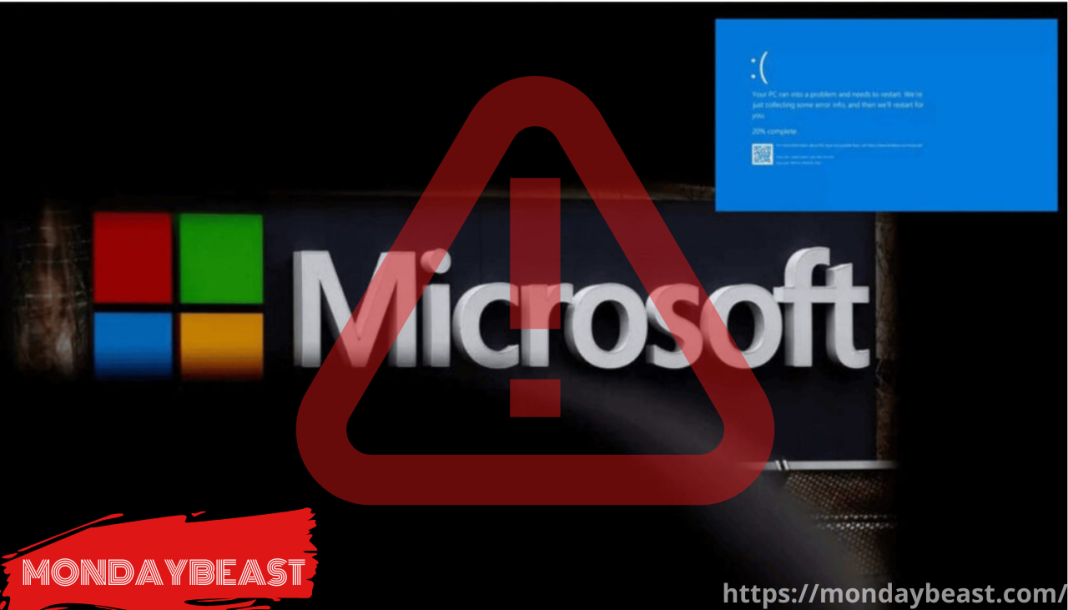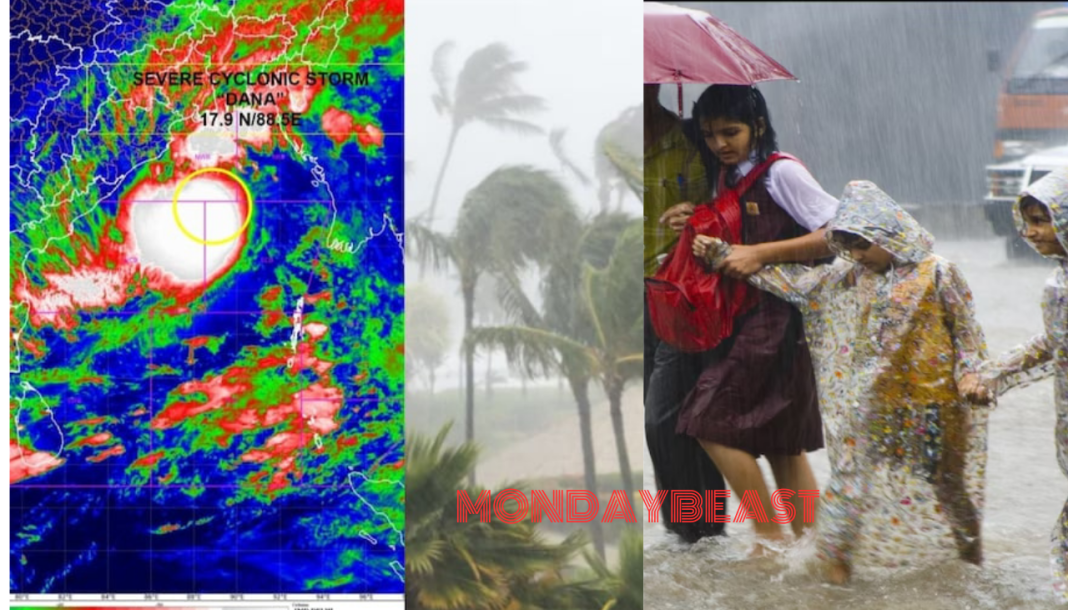The recent Microsoft outage has many users on edge. When was the last time you couldn’t access your email before an important meeting? Frustration builds. So what caused this widespread disruption?

While Microsoft hasn’t revealed specifics, they mentioned a “recent change.” This change led to mass outages affecting Microsoft 365, Teams, and Outlook. Many users flooded Downdetector with complaints. By 8 AM ET, complaints spiked to over 4,000. It’s alarming when such a giant falters, isn’t it?
The company reports they are addressing the issue. They began targeted restarts, but progress is slow. This can leave users fuming, especially during peak hours. Imagine being unable to attend virtual meetings or access critical documents; it’s a nightmare.

Past outages linger in our minds. Just last July, a corrupted update disrupted various industries. Banks, airlines, and hospitals experienced chaos. Such failures raise questions about the robustness of the systems we rely on daily.
How secure are our communications now? In a connected world, this incident reminds us of our vulnerabilities. With each passing hour, users hope for a swift resolution. But what if the fault lies deeper within the system?

Microsoft stated they began reverting the problematic change around noon ET. They claimed to have reached 98% of affected environments. But what about the remaining 2%? They still expect updates to clarify both the issue and resolution timeline.
This outage highlights our dependency on technology. Most professionals use Microsoft tools for emails, calendars, and communications. What happens in the next big outage? Will there be a plan in place?
As we wait for a full resolution, users are left feeling powerless. We depend on these applications to run our businesses, connect with colleagues, and manage our days. The fear of losing access is all too real during such events.
Ultimately, these incidents underscore an important truth: we must have backup plans. This failure serves as a wake-up call. Users must be prepared for anything. How can we safeguard our work efforts against unforeseen outages in the future?




